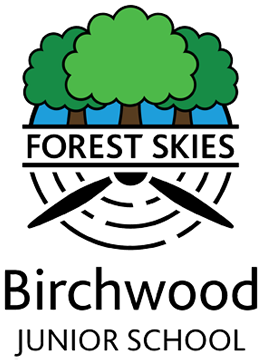Sensory and Physical needs
Supporting your child's sensory and physical needs at home
Allow children to use a word processer to complete some written tasks. If they can’t type, encourage them to learn, so that they are able to use a Word Processer with more speed and fluency.
Offer routines and structure
Create a quiet space for them to learn with no distractions.
Give them something to fiddle with whilst you are talking to them or you want them to focus. It can also be helpful to let them move around whilst they listen.
Ask them to do one task at a time
Provide checklists or visual timetables to support organisation.
Use timers to help with time management and build in frequent movement breaks.
Play lots of games with your child to encourage social skills, such as taking turns and winning and losing.
Provide physical activities to get your child moving
Help your children develop their fine and gross motor skills and core stability
(see resources below)
-
Dyspraxia
Dyspraxia support
-
Movement Matters
Movement Matters is the UK umbrella organisation representing the major national groups concerned with children and adults with coordination difficulties, a condition called Developmental Coordination Disorder (or DCD) and sometimes referred to as ‘dyspraxia’.
-
Dance Mat Typing
Dance Mat Typing, a fun way to learn touch typing.
-
First Move
NHS Motor Skills Support
-
Teach Handwriting
Parent support for supporting handwriting skills
-
Write Letters and Words
Writing Wizard Designed to help learners trace letters, numbers and words.
-
Jump Start Jonny
Fitness Sessions
-
The School Run
Handwriting activities
-
Early Movers
Practical ideas for physical activities to help with babies and young children's physical development
-
GoNoodle
Videos designed to get kids moving.
-
Griffin Occupational Therapy
Fine motor skills sessions from Griffin Occupational Therapy
